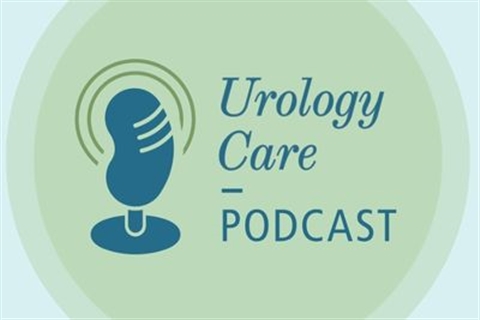Radiation therapy uses high-energy rays to kill the cancer cells.
External beam radiation therapy (EBRT) sends a targeted photon beam (x-ray) of radiation from outside the body to the prostate. A small amount of radiation is delivered in daily doses to the prostate for a number of weeks. Your health care team will limit radiation going to healthy organs like the bladder and rectum. Newer EBRT technology makes three-dimensional images with conformal radiotherapy (3DCRT), Proton Beam Therapy (PBT) or Stereotactic Body Radiation Therapy (SBRT).
Prostate Brachytherapy (Internal Radiation Therapy) is radiation treatment targeting the prostate from inside the body. Radioactive material is placed in the prostate using needles or a tube. There are two types of brachytherapy:
- low dose rate (LDR) brachytherapy, and
- high dose rate (HDR) brachytherapy.
Anesthesia and a short stay in the hospital are needed for both.
Common side effects after radiation are urinary incontinence, bowel problems and ED. Urinary and bowel problems get better for most men. Erections gradually soften over a period of two or more years. Your doctor will discuss these side effects with you and help you manage them. Ask your doctor about the effect of different radiation approaches on your erectile function. Some treatments are less likely to cause ED.
Sometimes radiation therapy is combined with hormone therapy to shrink the prostate before starting treatment. Or hormone therapy may be combined with external beam therapy to make the radiation more effective. Hormone therapy is called Androgen Deprivation Therapy (ADT).
ADT fights prostate cancer by removing testosterone from the body. The loss of testosterone helps fight cancer but may include major side effects such as loss of libido, ED, hot flashes, changes in body fat and emotions. There could be other body changes as well. It is best to talk to your doctor about this.
Whole Gland or Focal Prostate Ablation
Cryotherapy or cryoablation for prostate cancer is the controlled freezing of the prostate gland. The freezing kills cancer cells. Special needles called "cryoprobes", guided by ultrasound, are placed in the prostate to direct the freezing process. Cryotherapy is done under general or spinal anesthesia. After cryotherapy, a patient is checked with routine PSA tests and biopsy. Possible side effects include ED, incontinence and other urinary or bowel problems. Your doctor will discuss with you how to manage them.
Focal therapy is a treatment under study for men with small, early-stage prostate tumors. Small tumors inside the prostate are targeted and destroyed without having to remove or radiate the whole prostate. This targeted approach leads to less intense side effects.
The types of high-intensity focused ultrasound (HIFU) and focal therapy are:
- High-intensity focused ultrasound (HIFU) uses the energy of sound waves to target and superheat the tumor to kill cells (with the help of MRI scans). It may be used for the whole gland.
- Focal cryoablation uses a needle-thin probe to circle the tumor with a special mixture that kills the tumor by freezing it.
- Irreversible electroporation uses a “NanoKnife” to pass an electrical current through the tumor. The electricity makes very tiny holes (called pores) in the tumor’s cells, leading to cell death.
Explore Further
Urology Care Podcast
Listen to The Urology Care Podcast, the Urology Care Foundation’s official podcast.
UrologyHealth extra®
Read the latest issue of UrologyHealth extra®, the Urology Care Foundation's patient-focused magazine.





